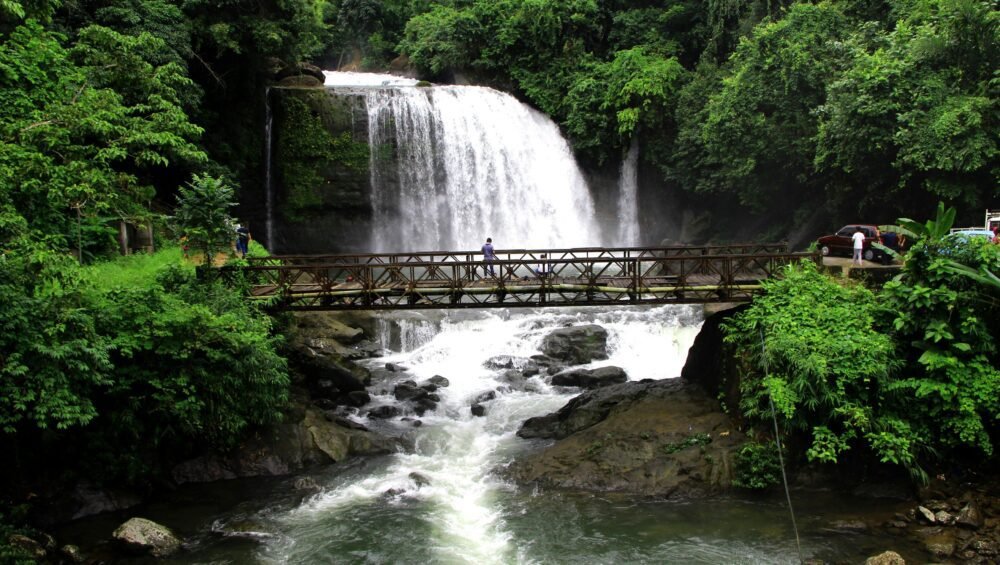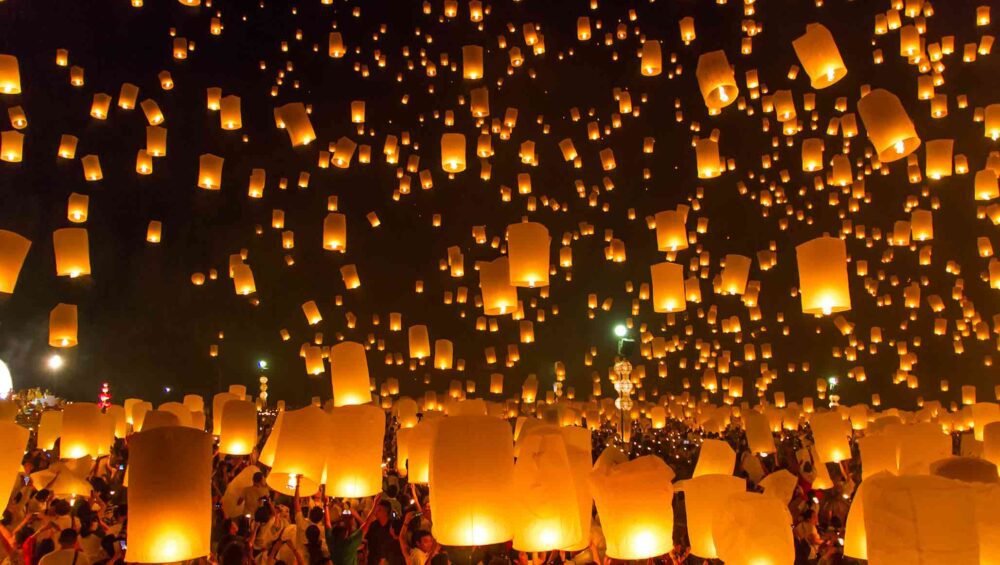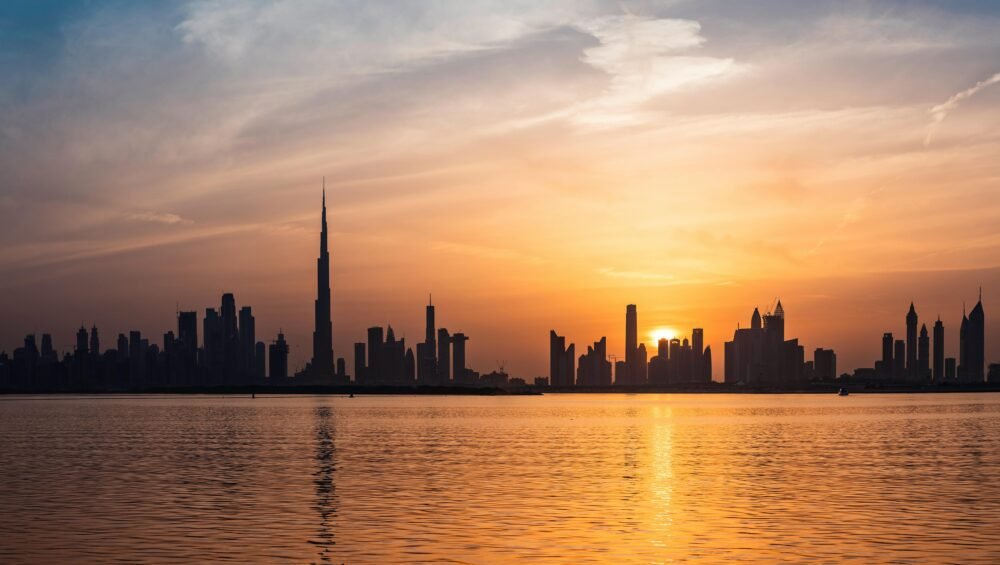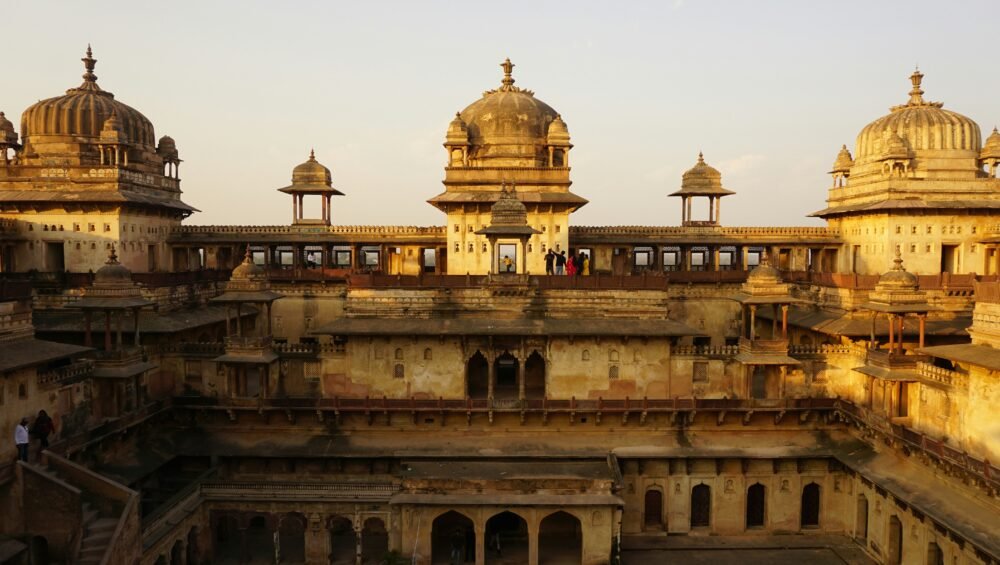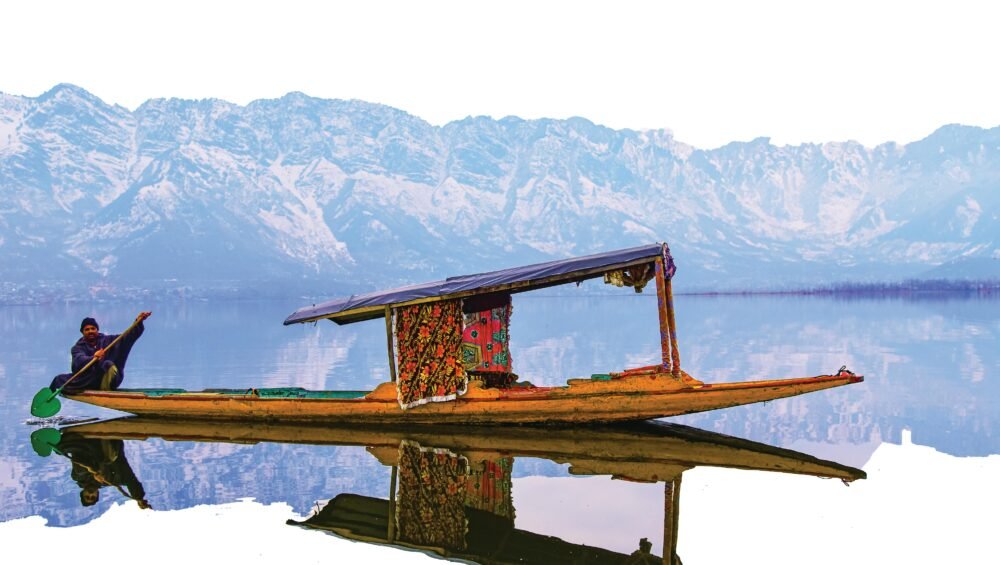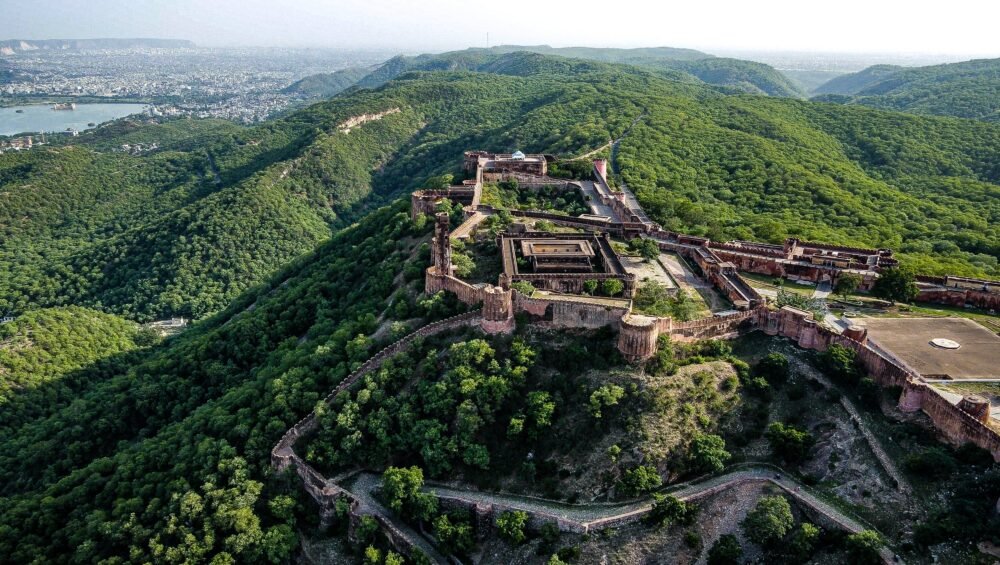Meghalaya: A Paradise for New Age Travelers!
Nestled in the northeastern part of India, Meghalaya is a hidden gem that offers a perfect blend of stunning landscapes, rich culture, and thrilling adventures. Often referred to as the “Abode of Clouds,” this enchanting state attracts new-age travelers seeking experiences beyond the ordinary. Here’s why Meghalaya should be on your travel bucket list!
1. Breathtaking Natural Landscapes
– The Land of Rolling Hills and Lush Greenery
Meghalaya is renowned for its picturesque landscapes that seem straight out of a fairy tale. The rolling hills, verdant valleys, and sprawling tea gardens create a breathtaking backdrop for exploration. From the mist-covered peaks of Shillong to the serene beauty of Cherrapunji, every corner of Meghalaya offers stunning vistas that are perfect for nature lovers and photography enthusiasts.
– Experience the Living Root Bridges
One of Meghalaya’s most remarkable attractions is its living root bridges, particularly in the village of Nongriat. These incredible structures are made from the roots of the Ficus elastica tree, carefully nurtured and shaped over time by the Khasi tribe. Trekking to these bridges is a rewarding adventure that connects you with nature and showcases the ingenuity of local craftsmanship.
2. Thrilling Adventure Activities
– Trekking Through Uncharted Territory
For adventure seekers, Meghalaya is a playground of outdoor activities. With numerous trekking trails, from easy walks to challenging hikes, you can explore hidden waterfalls, caves, and forests. The trek to the Double Decker Living Root Bridge is a must-do, offering both adventure and stunning scenery.
– Caving Adventures in Siju and Mawsmai
Meghalaya is home to some of the longest and deepest caves in India. Siju Caves and Mawsmai Caves are popular spots for spelunking, where you can discover unique limestone formations and underground rivers. These caving experiences are sure to thrill any adventure enthusiast.
3. Rich Cultural Heritage
– Immerse Yourself in Local Traditions
Meghalaya boasts a rich cultural tapestry woven by its indigenous tribes, each with unique traditions and customs. Visitors can engage with local communities, learn about their way of life, and witness colorful festivals that celebrate their heritage. The Wangala Festival and the Shad Suk Mynsiem are just a couple of examples that showcase the vibrant culture of the region.
– Savor Authentic Khasi Cuisine
No visit to Meghalaya is complete without indulging in its delectable cuisine. Sample traditional dishes like Jadoh (rice cooked with meat), Dohneiiong (pork with black sesame), and the famous Khasi bamboo shoot curry. The flavors and ingredients reflect the region’s agricultural bounty and cultural diversity.
4. Mesmerizing Waterfalls
– Chase the Cascades
Meghalaya is home to some of the most breathtaking waterfalls in India. Nohkalikai Falls, the tallest plunge waterfall in India, and the Seven Sisters Falls, known for its seven distinct cascades, are must-visit destinations. The sight and sound of cascading water amidst lush greenery is a mesmerizing experience that adds to the beauty of Meghalaya.
– Perfect Picnic Spots
These waterfalls are not just stunning to look at; they also offer serene picnic spots where you can relax and soak in the natural beauty. Pack a meal, find a cozy spot, and enjoy a day surrounded by nature.
5. Diverse Flora and Fauna
– A Wildlife Enthusiast’s Dream
Meghalaya is rich in biodiversity, making it a paradise for wildlife enthusiasts. The state is home to several national parks and wildlife sanctuaries, including Nokrek National Park and Balphakram National Park. Here, you can spot a variety of flora and fauna, including rare species of orchids, birds, and even the elusive clouded leopard.
– Birdwatching in Paradise
For birdwatchers, Meghalaya is a haven. The state boasts a plethora of bird species, including many endemic and migratory birds. The hills and forests provide excellent opportunities for birdwatching, especially in the early morning hours.
6. Unique Accommodations
– Stay in Traditional Homestays
Experience the warmth and hospitality of Meghalaya by opting for traditional homestays. These accommodations allow you to connect with local families, learn about their culture, and enjoy authentic meals. Staying in a homestay provides a unique insight into the daily lives of the people of Meghalaya.
– Eco-Friendly Resorts and Camps
For those seeking a more luxurious experience, Meghalaya offers eco-friendly resorts and glamping options that blend comfort with nature. Enjoy modern amenities while being surrounded by the stunning landscapes of the region.
7. Safe and Welcoming Environment
– Ideal for Solo Travelers and Families
Meghalaya is known for its safety and hospitality. Travelers, whether solo or with family, can explore the region with ease, making it a popular choice for those seeking new experiences. The friendly locals are always willing to help and share their stories, creating a welcoming atmosphere.
– Connect with Like-Minded Travelers
The growing popularity of Meghalaya as a travel destination means you’ll find a community of like-minded travelers. Whether you’re joining a trek, exploring a cave, or participating in a workshop, you’ll meet fellow adventurers who share your passion for exploration.
Conclusion
Meghalaya offers a unique blend of adventure, culture, and natural beauty that appeals to new-age travelers. From stunning landscapes and thrilling activities to rich traditions and warm hospitality, this northeastern gem promises unforgettable experiences. Whether you’re seeking adrenaline-pumping adventures or serene moments in nature, Meghalaya is truly a paradise waiting to be explored. Pack your bags and embark on a journey to discover the magic of Meghalaya!

